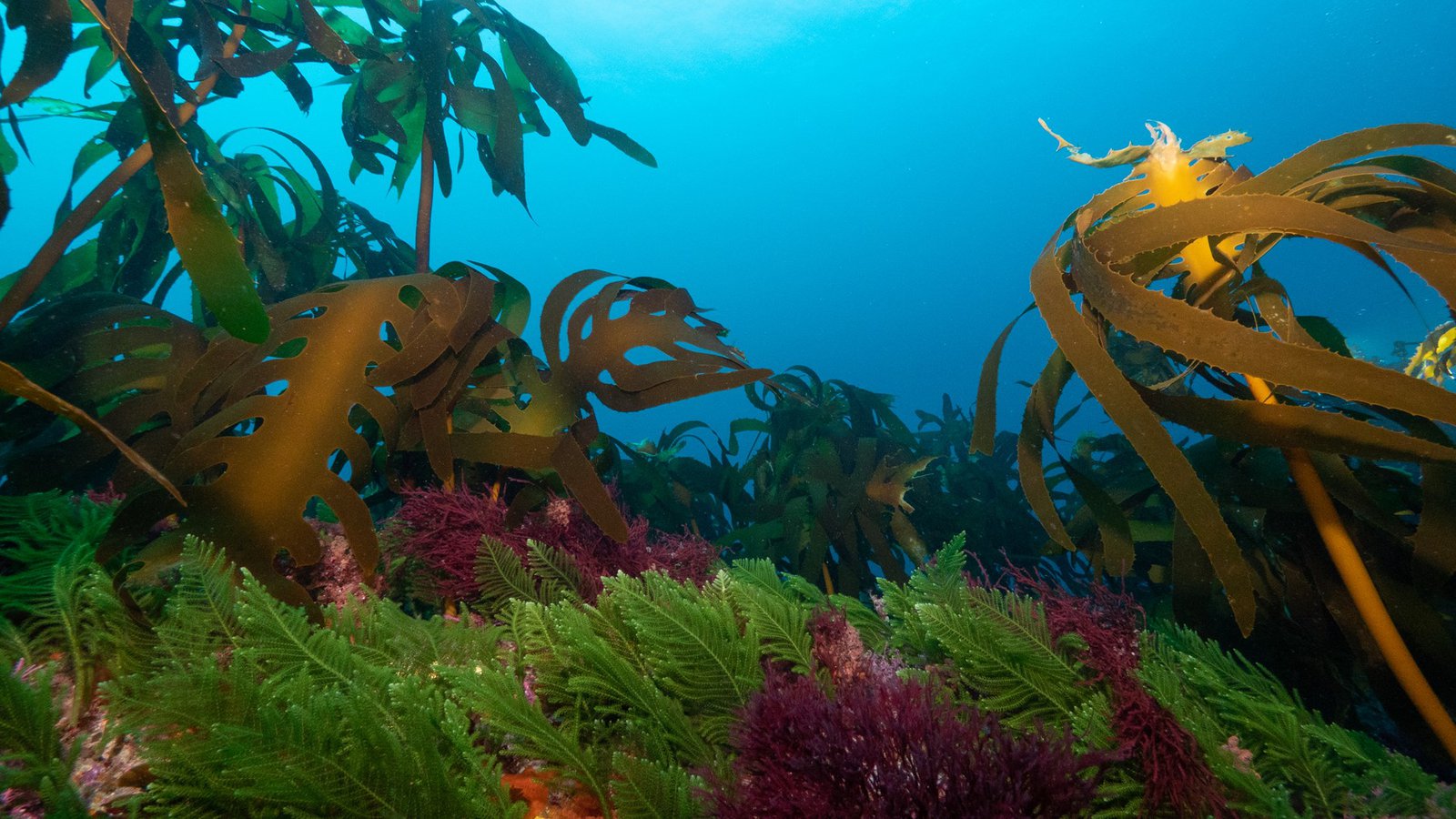How to hijack climate change: Tips from vagrant fish
Hotter and drier summers in Australia bring with them massive fires, successive bleaching on coral reefs and widespread die-offs of our valuable kelp forests. Although all may seem doom and gloom in our oceans, some species are surprisingly resourceful and can even take advantage of warmer waters.
The great climate migration has begun for humans. People are leaving places that are becoming uninhabitable and the scale of this mass exodus is expected to increase dramatically in the near future. It is not just humans either, as animals are also migrating with the rapidly changing climate. Birds and mountain mammals are moving to higher altitudes, whereas marine fish are relocating into deeper waters or to higher latitudes where temperatures are cooler. In fact, some of these “vagrant” fish are themselves heading south into foreign environments that were struck by a heatwave.
This “poleward” migration is well known in Western Australia and started when an extreme marine heatwave impacted the coastline in 2010/11. With the help of a stronger and earlier-than-usual current, this heatwave presumably facilitated the exportation of Black Rabbitfish (Siganus fuscescens) from coral reefs in the north, into kelp forests in the south. But whether their migration was recent and attributed to the 2010/11 heatwave, and exactly how these vagrants could have survived the colder ocean conditions that followed the heatwave, remain largely unanswered. To address these questions, colleagues at Curtin University, the Australian Museum, the Department of Primary Industries and Regional Development (DPIRD – WA Fisheries), the Western Australian Museum, and Hawai'i Pacific University worked together to implement a multi-faceted approach to get the bigger picture of this phenomenon of vagrancy, often referred to as “tropicalization”.
This Rabbitfish changes colour as it swims over the green sea grass off Manly Beach. Credit: John Kelly.
To answer the first question of population connectivity, we sequenced the DNA of rabbitfish individuals that are associated with coral reef habitat from five tropical and subtropical regions (tropical residents) as well as those that may have migrated to temperate kelp forests (vagrants). In our recent study in Communications Biology, we found that genetically, all the individuals belonged to the same population cluster but we could not determine from which tropical or subtropical region they originated (Kimberley, Pilbara, Exmouth, Coral Bay or Shark Bay). There were in fact high migration rates among all sites (tropical, subtropical, and temperate) along the coastline, suggesting that the heatwave likely triggered the migration of rabbitfish further south.
After looking at this large-scale population genetic connectivity, we compared the diet of tropical residents and temperate vagrants by sequencing the DNA of algae and phytoplankton species present in their stomach contents. This new technique is known as dietary DNA metabarcoding. Based on this data, we found that the rabbitfish feed on many more algae types than previously thought. In addition to diatoms, dinoflagellates, and cyanobacteria, they eat small and big green, red, and brown algae, including some widespread, temperate-restricted species as well as the foundation species, the kelps. These rabbitfish seem to be pretty much chewing on whatever food is available on the menu, making it one of their secret weapons when exploring new territories with new food sources.

Examples of phytoplankton (i.e., cyanobacteria, dinoflagellates, and diatoms) and macroalgae (i.e., green, red, and brown algae).
Image: Peter Parks; Pillon, Roberto; J.H. HuismanCyanobacteria/Dinoflagellates/Diatoms Image: Peter Parks © Quest 3-D. Green macroalgae Image: Pillon, Roberto, CC-BY-NC-SA 4.0. Red and brown algae Image: J.H. Huisman, used with permission of the Western Australian Herbarium, Department of Biodiversity, Conservation and Attractions.
After that, we decided to take our investigation one step further. In our published paper, we looked at how climate change might affect the temperature of oceanic waters around the Metro Perth area and further south, down the coastline of Western Australia. We looked into two specific temperature thresholds: the minimal overwinter temperature where rabbitfish might survive on temperate reefs (17°C) and the minimum temperature where they might be capable of spawning and reproduction (20°C). We found that as the oceans warm with climate change, waters down the coast of Western Australia and into Southern Australian will heat up enough to allow rabbitfish to thrive and produce offspring by the year 2100.
Altogether, our study revealed that rabbitfish may become permanent residents in the economically important kelp forests of Western and Southern Australia. Their voracious appetite for kelps and continuous climate-assisted migration may jeopardize the integrity of the Great Southern Reef (GSR), a kelp-based ecosystem interconnected by rocky reefs and seagrass beds covering the entire south coast of Australia. Although less famous than the Great Barrier Reef, the GSR harbours a rich endemic fauna and flora, making it one of Australia’s marine jewels. Any invasive species, like the rabbitfish, could destabilise the GSR and the communities dependent on it. If this plays out as our study forecasts, rabbitfish may become a climate change “winner”.

The diversity of seaweed in the Great Southern Reef (GSR).
Image: Ocean Imaging | Great Southern Reef© Ocean Imaging | Great Southern Reef
Dr. Laura Gajdzik, Biometrician/Researcher, Department of Land and Natural Resources, Division of Aquatic Resources, Hawai'i (U.S.).
Dr. Joseph DiBattista, Curator Ichthyology, Australian Museum.
More information:
Gajdzik, L., DeCarlo, T.M., Koziol, A. et al. Climate-assisted persistence of tropical fish vagrants in temperate marine ecosystems. Commun Biol 4, 1231 (2021). https://doi.org/10.1038/s4

